Transfer of resistance from an aquaculture pathogen into a human enteric bacterium is possible
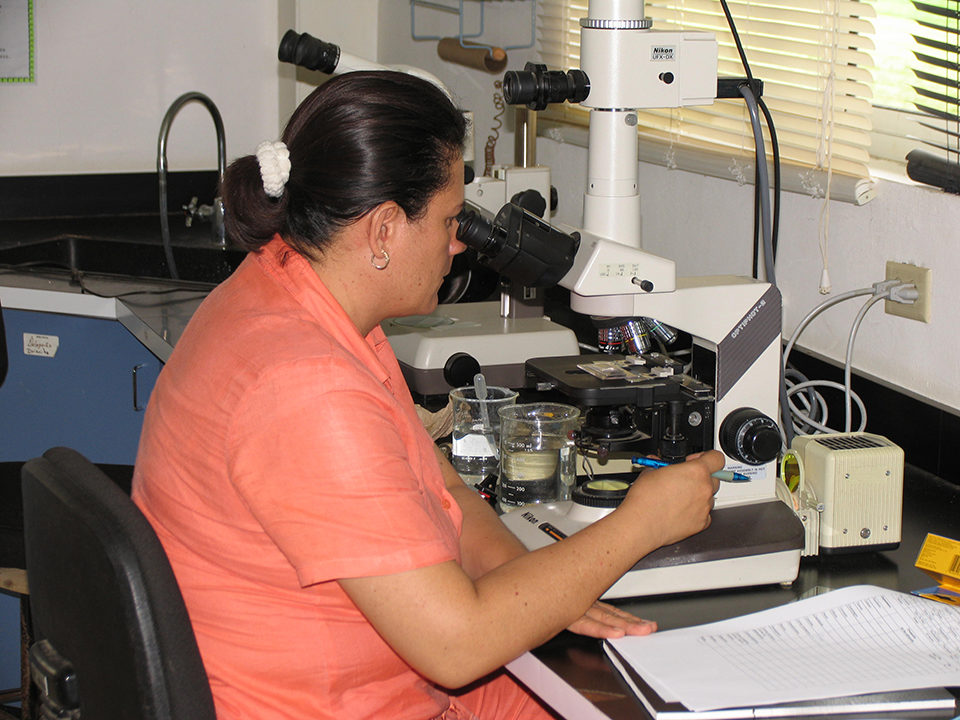
Antimicrobial resistance (AMR) in human pathogens is increasing. The World Health Organization is concerned about the possibility that non-human use of antimicrobials may play a significant role in the emergence of resistance in bacteria associated with human disease.
A review of scientific literature finds there is still no general consensus on whether the therapeutants for animals affect human health. Some authors argue there have been significant impacts, while others say the case for transferance has yet to be established.
What is clear is that transfer of resistance from an aquaculture pathogen into a human enteric bacterium is possible. This was demonstrated by T. Watanabe et al. in 1971, but despite the huge volume of research performed since then, not much more has been said with respect to human health. Transferance may happen in vitro, but can it happen under field conditions? If so, how likely is it to happen?
Reversing the question
To what extent do the use of antimicrobial agents in humans and the development of AMR in humans contribute to AMR in aquaculture? Just as it is difficult to quantify the impacts of aquaculture therapies on human therapy, we face similar difficulties in determining the impacts of human therapies on aquaculture. Given the available information, this might be possible.
Unfortunately, human effluents are sometimes released into water bodies that reach fisheries grounds and aquaculture farming grounds. Antibiotics used for veterinary purposes are excreted by the animals and end up in manure. Manure is used as fertilizer, and the antibiotics can seep through the soil and enter ground water. Antibiotics and other pharmaceuticals are often excreted unchanged as active compounds. Research has shown that after passing through wastewater treatment, pharmaceuticals can be released directly into the environment.
To reduce these impacts, particular focus could be placed on hospitals, where antimicrobial-resistant bacteria and antimicrobial residues are excreted from patients into the hospital wastewater. Hospital-related waste has shown to be a reservoir of antimicrobial resistance, antimicrobials and virulence genes that is released into the general environment. Consequently, hospital wastewater may be a hot spot for propagation and dissemination of antimicrobial-resistant and pathogenic bacterial isolates.
Some reports have shown that antibiotic concentrations in hospital effluents are on the same order of magnitude as the minimum inhibitory concentrations for susceptible pathogenic bacteria. Although hospital effluents are diluted with municipal sewage that lowers the concentrations, municipal sewage also contains antibiotics and household disinfectants. This input can also be significant.
For example, in 2002, the percentage of antibiotics used in the community in the United Kingdom was 95 versus 5 percent in hospitals, and in Germany and the United States, 75 versus 25 percent.
Possible actions

can be released into the environment and eventually reach aquaculture farming areas.
Natural biodegradation of antibiotics in the environment may not be an acceptable option for their removal. Some of these products, such as quinolones, take months to degrade. The consequence is that during that time, antimicrobials are involved in the selection for resistance and its genetic transfer to other bacteria and expression of virulence factors.
Drug resistance is a complex issue that has little chance to improve, for resistance is not reversible. Therefore, there is an urgent need to tackle it in a concerted manner. Some of the most immediate actions could be:
- Coordination between human, veterinary and environmental sectors to understand the magnitude of the relationships among the occurrences of antimicrobial resistance in humans, animals and the environment.
- Enforcement of existing legislation. Approximately 80 percent of the world’s aquaculture production originates in countries with either insufficient restrictions on antimicrobial use or lax enforcement.
- Disease prevention with emphasis on technical support for farmers and legal support for disease control. The most effective means to prevent the development and spread of antimicrobial resistance is to reduce the need for antibiotic treatment.
- Surveillance of effluents and assessment of their impacts in the aquatic environment, as well as evaluation of methodology to effectively treat wastewater for the removal of antimicrobials, other pharmaceuticals and resistant bacteria.
- Education on the prudent use of antibiotics in the human, animal and aquaculture sectors. Special focus should be on how to reach farmers and the general public. Some of the more relevant publications on antimicrobial resistance are:
- “Responsible Use of Antibiotics in Aquaculture,” FAO Technical Fisheries paper 469
- “Judicious Use of Antimicrobials for Aquatic Veterinarians”
- Guidelines for the Responsible and Prudent Use of Antimicrobial Agents in Veterinary Medicine, OIE Terrestrial International Animal Health Code 2006
- Codex Code of Practice to Minimize and Contain Antimicrobial Resistance
- WHO Global Principles for the Containment of Antimicrobial Resistance in Animals Intended for Foods.
It is not possible to overemphasize the importance of communications, as well. Greater coordination could improve the mechanisms of delivery, message content, timelines and availability of support materials.
(Editor’s Note: This article was originally published in the January/February 2010 print edition of the Global Aquaculture Advocate.)
Now that you've reached the end of the article ...
… please consider supporting GSA’s mission to advance responsible seafood practices through education, advocacy and third-party assurances. The Advocate aims to document the evolution of responsible seafood practices and share the expansive knowledge of our vast network of contributors.
By becoming a Global Seafood Alliance member, you’re ensuring that all of the pre-competitive work we do through member benefits, resources and events can continue. Individual membership costs just $50 a year.
Not a GSA member? Join us.
Author
Tagged With
Related Posts
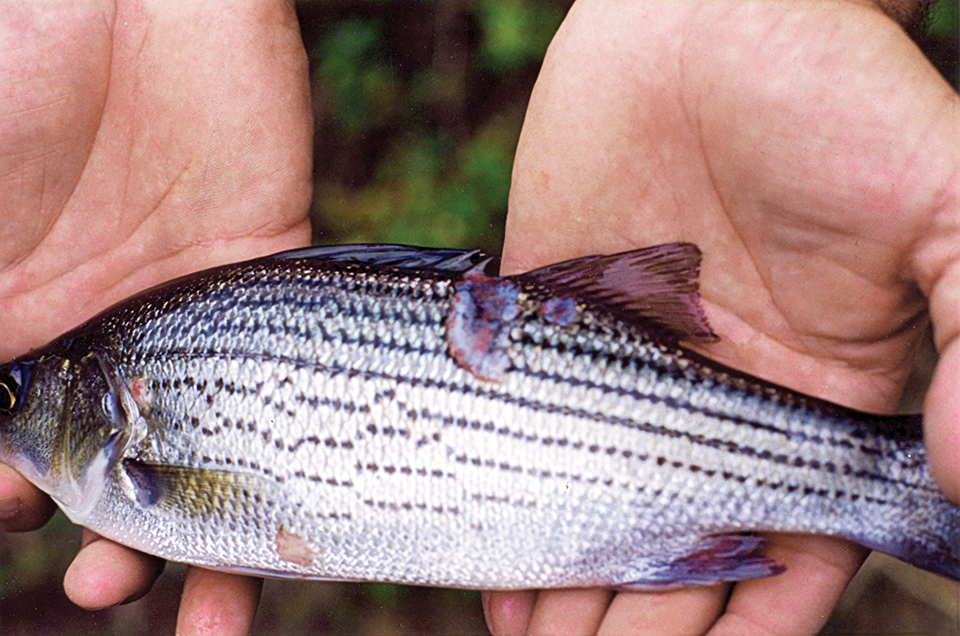
Health & Welfare
Antibiotic-resistant bacteria, part 1
No antimicrobial agent has been developed specifically for aquaculture applications. However, some antibiotic products used to treat humans or land-based animals have been approved for use at aquaculture facilities.
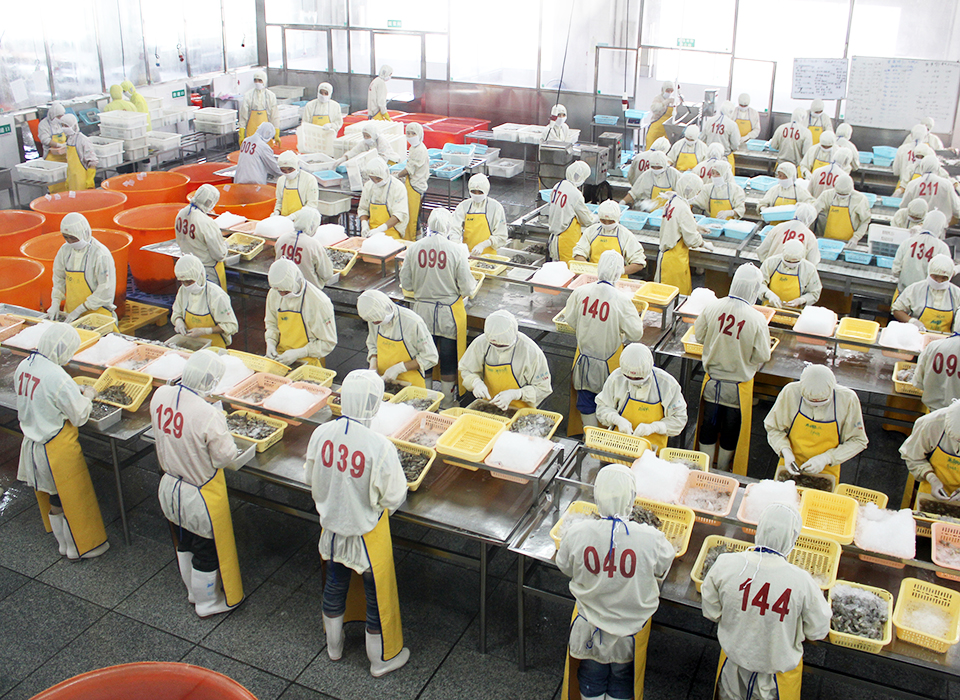
Health & Welfare
Antibiotic-resistant bacteria, part 2
The development of antimicrobial resistance genes in human pathogens as a consequence of exposure to antibiotics in aquaculture is widely documented. Reports implicate foodborne antibacterial-resistant pathogenic bacteria in human disease.
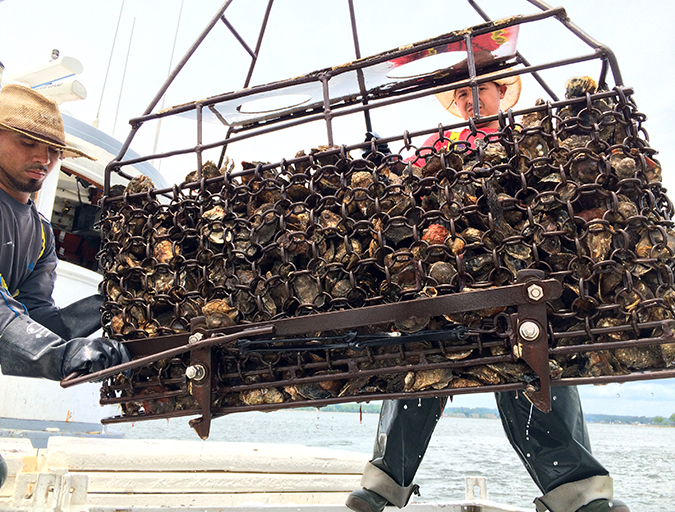
Intelligence
As ocean temperatures rise, so too will vibrio outbreaks
A study using a half-century of data has linked climate change and warming sea temperatures with an increase in illnesses from the common vibrio bacteria. Shellfish growers, fighting a particularly virulent strain of Vibrio parahaemolyticus, are changing their harvest protocols.
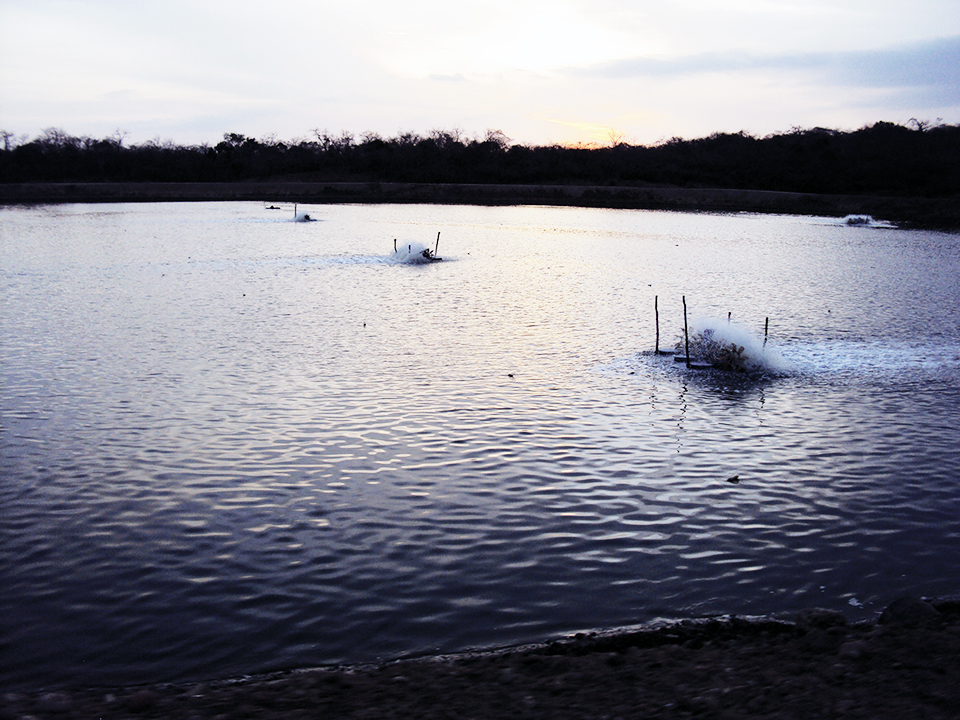
Health & Welfare
Beneficial microbes and pathogen control
A range of alternative products is available to improve animal health and water quality, and control pathogen loads. Beneficial microbes produce antimicrobial compounds and suppress pathogen proliferation.



